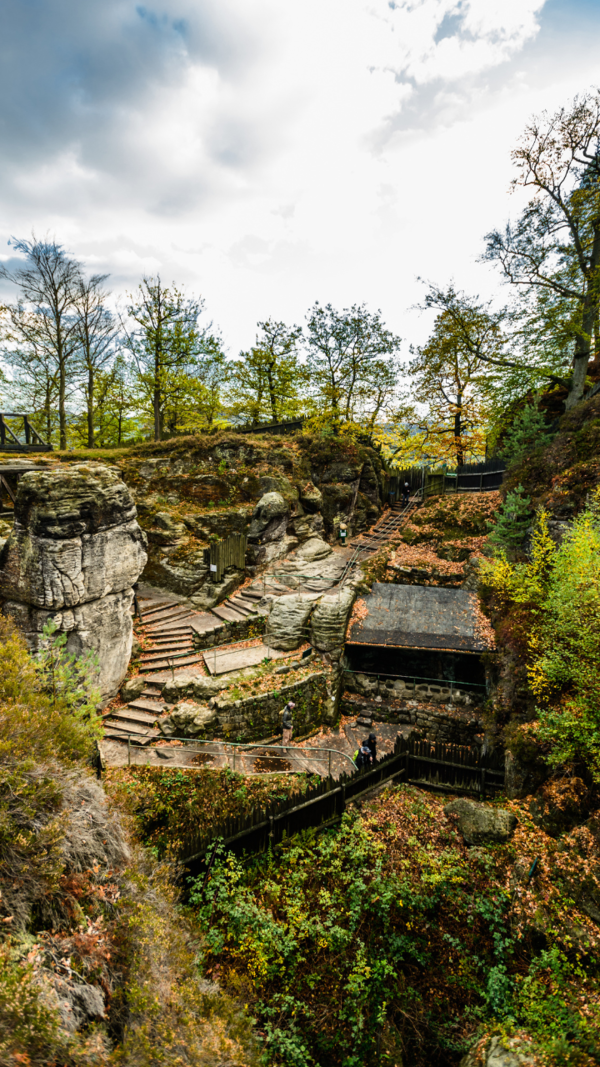- News
- City News
- raipur News
- Bastar’s biggest anti-Maoist ops continue fifth day, Maoists surrounded, appeal to pause firing
Trending
Bastar’s biggest anti-Maoist ops continue fifth day, Maoists surrounded, appeal to pause firing
RAIPUR
: In one of the biggest ongoing operations against Maoists in forests of Bijapur district in Bastar, more than 40 jawans have suffered from dehydration in scorching heat and more than three-day long movement in jungles and were evacuated to a Telangana state hospital.Maoists on Friday have issued a statement calling for immediate pause to the current operation stating that they have initiated for peace talks but the govt’s intention seemed like they have chosen the path of violence in stead. The in charge of north-western sub-zonal bureau of Maoists, Rupesh has issued a statement appealing to ceasefire for a month, create a conducive environment and bring some positive results for the peace talks.
On Thursday, three women Naxalites were killed on Karregutta hills, and a huge cache of weapons, explosives and other materials was recovered.
Security forces have launched a massive operation against Maoists involving about 10,000 troops from Chhattisgarh and Telangana on the hilly terrain on the borders of Chhattisgarh-Telangana in Bijapur district on Monday. An encounter broke out on Thursday which continues on Friday.
Senior police officials said that a massive operation was launched based on the inputs about presence of senior Maoists in large numbers and the troops from District Reserve Guard, Bastar Fighters and Special Task Force of the Chhattisgarh police, the Central Reserve Police Force and CoBRA.
A senior official told TOI, “It is crucial operation because it would be a battle to finish off the military strength of CPI Maoists by targeting PLGA Batalion number one and the Maoists think tank in Dandakaranya Special Zonal Committee and Telangan state Committee.”
Though security forces have recovered three bodies till now, many more might have been killed or seriously injured.
“We are searching the area thoroughly. It is a test match kind of scenario. The match would last for long and not in every session we won't get very exciting news. But at the end of the match we are hopeful of very favourable results. All stake holders of state government / central government / neighbouring states are directly or indirectly involved in the mission,” he said, adding that all our troops are fine.
No problems except for hardship of tough terrain and hot summer. But morale of the troops is high to negotiate the challenges.
Meanwhile, helicopters and drones have been pressed on duty to supply water, ration to the troops on ground and evacuate the exhausted and dehydrated jawans to safe place. Some jawans had to be shifted to hospital in Telangana who have suffered from heat stroke.
The terrain around the hill is unforgiving — soaring several hundred feet high, temperatures reaching 44°C, and oxygen levels dangerously low. Yet, the security forces have been trekking on foot for 3-4 days, carrying 30–35 kg of weapons, ammunition, food, and water, navigating treacherous rocky paths and dense jungle.
Bastar IG P Sundarraj has called this a “decisive battle” against the Maoist insurgency. Forces have been strategically deployed around Karregatta, Kotapalli, Pujari Kanker, and Nadapalli — regions historically known as impregnable Naxal bastions. The militants are well-equipped with AK-47s, SLRs, LMGs, hand grenades, and rocket launchers, and have mined the approach routes with hundreds of IEDs.
Despite the militants’ preparations, they’re running low on essential supplies. With forces cutting off traditional supply lines from Pujari Kanker, Nambi, and Venkatapuram, the Naxals are reportedly facing a critical shortage of food and water.
The forces are relying on night-vision drones with infrared and thermal imaging to track movements, especially in the dry forest canopy of the post-autumn season, which has improved visibility. MI-17 helicopters are airdropping supplies and reinforcements from bases set up in Cherla (Telangana) and Bijapur (Chhattisgarh).
Meanwhile, Cherla village has become the operational launchpad for the mission. From there, drones are surveying the rugged terrain, while troops use motorbikes to navigate steep paths, often under enemy fire.
The area is not just a hideout — it’s the operational nerve center for various Naxalite units, including Battalion 1 and 2, Dandakaranya Special Zonal Committee (DKSZC), and key Central Committee leaders from Andhra Pradesh, Telangana, and Maharashtra. The proximity to commander Hidma’s village Puvarti — just 20–30 km away — highlights the significance of this operation.
End of Article
Follow Us On Social Media









